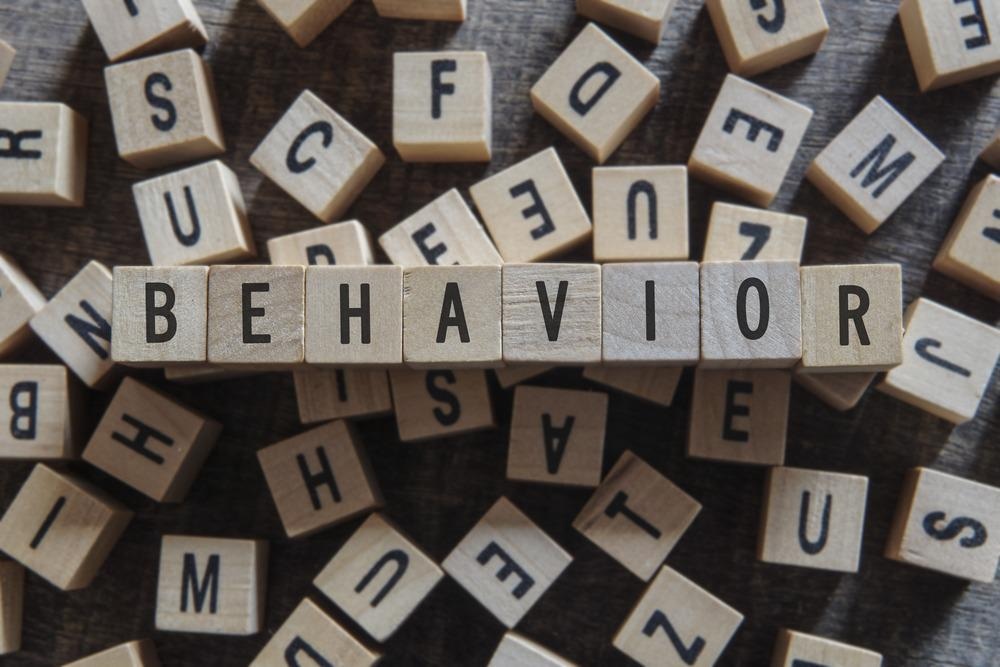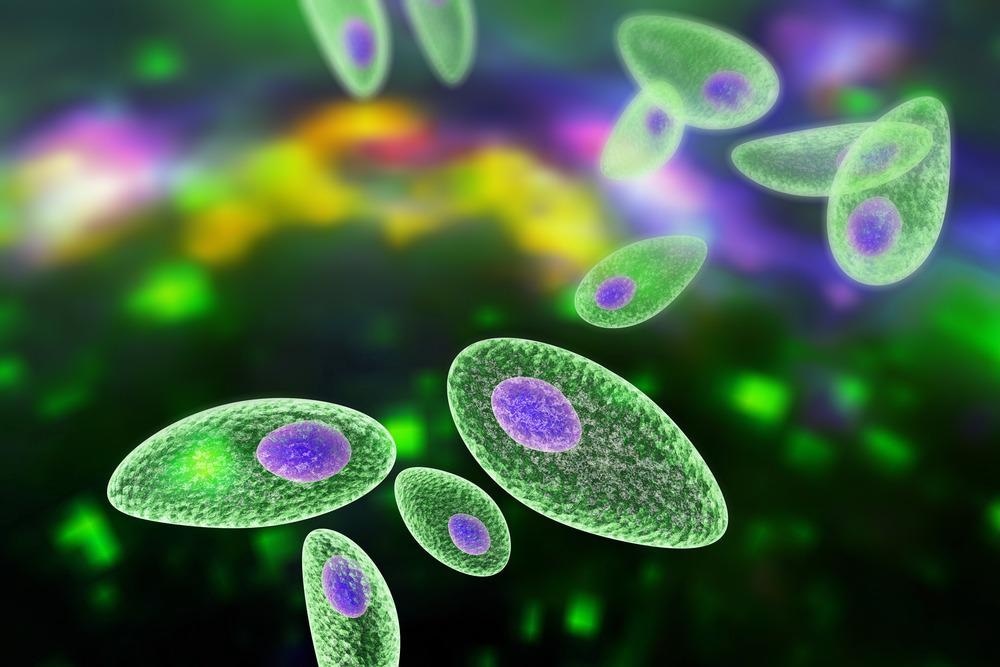How can you define behavior?
In biology, the definition of behavior can change depending on the field or research focus. A generally accepted definition is that behavior is the internally coordinated responses of an organism to internal or external stimuli, encompassing both complex and non-complex organisms. The behavior of complex, multicellular organisms is controlled mainly by the brain and endocrine system and is determined mainly by genetics and the environment.
Many complex organisms have conserved evolutionary fear responses, essential for survival and adaptation, such as the "fight, flight or freeze" response. Conversely, organisms must adapt to new situations to survive; environmental impacts such as urbanization mean that many animals adapt their foraging patterns to avoid humans. Neurological disorders, diseases, or brain injuries can change an organism's behavior, particularly outlining how important that behavior can be to survival.

Image Credit: TypoArt BS/Shutterstock.com
Some behaviors are genetically conserved
Genetic sequences are conserved between distantly related species; for example, the fly species Drosophila melanogaster contain hox gene sequences conserved in mammals, specifying anterior-posterior morphology in development. Behavioral phenotypes are more complicated since behavior exhibits plasticity in response to the environment and can show homology at one level of organization (gene pathway) but not another (neural circuitry).
Similar behavioral phenotypes can be compared across drastically different species, such as feeding, mating, aggression, learning, memory, and sleep. Standardizing these behavioral assays across species can be a challenge due to the phenotypical differences in each studied species.
Classical conditioning is a similar behavioral property across several species in which the genetic pathway underlying memory formation is shared. Cyclic adenosine monophosphate (cAMP) dependent signaling pathways are implicated in memory formation and sleep behavior of D. melanogaster, worms, rodents, and other species.
D. melanogaster mutants with increased cAMP levels have reduced sleep, and vice versa, mice lacking one or two CREB isoforms exhibit reduced wakefulness. Meanwhile, worm mutants with increased cAMP levels show increased responsiveness during lethargus (sleep-like state).
Additionally, Epigenetics is an area of research characterized by altered methylation patterns or histone modification of DNA, which can affect behavior. These changes are heritable but do not affect the underlying genomic sequence. In a study of rats, maternal grooming can affect the offspring's stress response. High levels of grooming provided in the first week of life increase the expression of glucocorticoid receptor mRNA and vice versa.
Offspring with higher maternal stimulation show a lower behavioral and neuroendocrine reactivity to stressful events. Methylation patterns in the promoter region affect the glucocorticoid receptor, which decreases gene expression in low maternal stimulation groups.
Structural brain damage can change behavior and personality
Brain lesions can arise for various reasons, including but not limited to trauma, inflammation, stroke, or neurodegenerative disease. Injury to the frontal lobe is common, with the prefrontal cortex being particularly susceptible to damage. A well-known case is that of Phineas Gage, who retained motor function, speech, and awareness after an accident that destroyed most of his left frontal lobe.
Consequently, his personality was documented to have changed post-injury, being described as "fitful," "irreverent," and "grossly profane." This increase in aggressive behavior is common in traumatic brain injury; it is documented that Vietnam veterans with injuries to the frontal ventromedial cortex (involved in fear and risk behaviors) were rated as more aggressive than controls, and patients with lesions in different locations.
While personality changes are common in traumatic injury, neurodegenerative disorders tend to have cognitive effects. Like trauma, symptoms can include aggression, but conversely, major impacts seem to be on memory and executive function. Different pathways appear to be targeted, with Alzheimer's disease targeting the medial frontoparietal network involved in episodic memory, whereas frontotemporal dementia and Parkinson's disease target networks involved in emotional salience processing. Modeling neurodegenerative disease, especially in mice, helps understand the function of these networks in the healthy brain.
Toxoplasma gondii and the reduced fear response
Toxoplasma gondii (T. gondii) is the most common parasite found in developed nations. It is estimated that around 40 million people (10%) in the United States and a billion globally could be infected. T. gondii only undergoes sexual reproduction in felines, but most warm-blooded animals, especially rodents and humans, are natural hosts.
Usually, T. gondii remains dormant in the host central nervous system unless immunocompromised. Still, its presence has been known to cause behavioral changes in rodents and may also cause similar behavioral changes in humans.
Studies on rodent models infected with T. gondii have shown behavioral abnormalities such as memory deficits, motor abnormalities, and a diminished fear response. The fear response was assessed via aversion to cat urine, fear of open spaces, and the likelihood of eating novel food. Decreased aversion to cat urine is thought to increase predation of rodents by the definitive host, allowing the T. gondii parasite to continue sexual reproduction.
The mechanism and extent to which T. gondii influences rodent behavior are unclear; proposed mechanisms include variations in secreted neurotransmitters, location of T. gondii cysts, or modulation of the CNS by the neuroinflammatory response. An interesting observation in one study found an increase in dopamine secretion and a decrease in dopamine metabolites in chronically infected mice. There was a correlation between dopamine metabolite level and "freezing" behavior.
In humans, the first reported changes were that of personality in otherwise healthy individuals. Several behaviors have been associated with T. gondii infection, including increased aggression and alcoholism correlating with the theory of increased dopamine release. However, these findings are not consistent and could be affected by a wide array of factors, including host personality.

Image Credit: Kateryna Kon/Shutterstock.com
Behavior is affected by a variety of factors
Behavior is a complex phenotype resulting from the interaction of several different factors. Many behaviors are genetically conserved but are delicate, able to be damaged or manipulated by the environment, pathogens, or physical damage. Understanding the structures involved in any behavior can help understand dysfunctional behavior when it arises.
Sources:
- Levitis, DA., et al. (2009) Behavioural biologists don't agree on what constitutes behaviour. Anim Behav. doi.org/10.1016/j.anbehav.2009.03.018
- Wong, BBM. and Candolin, U. (2015) Behavioral responses to changing environments. Behavioral Ecology. doi.org/10.1093/beheco/aru183
- Reaume, CJ. and Sokolowski, MB. (2011) Conservation of gene function in behaviour. Philos Trans R Soc Lond B Biol Sci. doi.org/10.1098/rstb.2011.0028
- Centers for Disease Control and Prevention. Toxoplasmosis: General FAQs. [Online] CDC.gov. Available at: https://www.cdc.gov/parasites/toxoplasmosis/gen_info/faqs.html (Accessed on 1 February 2022).
- Johnson, HJ. and Koshy AA. (2020) Latent Toxoplasmosis Effects on Rodents and Humans: How Much is Real and How Much is Media Hype? mBio. Doi.org/ 10.1128/mBio.02164-19
- Flegr, J. (2007) Effects of Toxoplasma on Human Behavior. Schizophr Bull. doi.org/10.1093/schbul/sbl074
- Williams, WH., et al. (2018) Traumatic brain injury: a potential cause of violent crime?. Lancet Psychiatry. doi.org/ 10.1016/S2215-0366(18)30062-2
- Haas, LF. (2001) Phineas Gage and the science of brain localisation. J Neurol Neurosurg Psychiatry. doi.org/10.1136/jnnp.71.6.761
- Levenson, RW., et al. (2014) Emotional and behavioral symptoms in neurodegenerative disease: A model for studying the neural bases of psychopathology. Annu Rev Clin Psychol. Doi.org/10.1146/annurev-clinpsy-032813-153653
Further Reading
Last Updated: May 16, 2022